Why Custom Printed Paper Cups Are Essential for Modern Marketing
In today's competitive marketplace, businesses are constantly seeking innovative ways to promote their brand and connect with customers. Custom printed disposable paper cups have emerged as a powerful tool for brand visibility and event marketing. These versatile items serve a functional purpose while acting as mobile advertisements, carrying your brand's message wherever they go. Unlike traditional advertising mediums that are often ignored, custom cups provide tangible value to users, ensuring your brand gets noticed repeatedly. From corporate events and coffee shops to festivals and promotional gatherings, branded paper cups create lasting impressions that translate into increased brand recognition and customer loyalty.
Exploring the Versatility of Custom Paper Cups
Understanding Different Cup Types and Applications
The world of custom paper cups offers numerous options suitable for various beverages and occasions. Hot drink cups typically feature double-wall construction and insulation sleeves to protect hands from heat, making them ideal for coffee, tea, and hot chocolate. Cold drink cups, often single-wall with condensation-resistant coatings, are perfect for iced coffee, soft drinks, and smoothies. The biodegradable paper cups for hot beverages have gained significant popularity due to growing environmental consciousness among consumers. These eco-friendly alternatives maintain the same functionality while addressing sustainability concerns.
Key Considerations When Selecting Cup Types:
- Determine primary beverage temperature requirements
- Assess necessary capacity sizes for different serving needs
- Evaluate environmental preferences of your target audience
- Consider handling convenience and ergonomic factors
- Analyze printing surface area for optimal brand visibility
Comparing Hot and Cold Beverage Cup Features
When deciding between hot and cold drink cups, understanding their distinct characteristics ensures you select the most appropriate option for your specific needs. Hot drink cups prioritize heat retention and hand protection, while cold drink cups focus on preventing condensation and maintaining structural integrity when filled with ice. The following comparison highlights the key differences between these two cup categories:
Hot drink cups typically feature polyethylene lining that prevents leakage and maintains beverage temperature, whereas cold drink cups often use a thinner coating that provides moisture resistance without compromising recyclability. The wall construction also differs significantly, with hot cups commonly utilizing double-wall technology for insulation, and cold cups typically employing single-wall designs for better condensation control.
| Feature | Hot Drink Cups | Cold Drink Cups |
|---|---|---|
| Wall Construction | Typically double-wall for insulation | Usually single-wall for condensation control |
| Lining Material | Polyethylene for heat retention | Thinner moisture-resistant coating |
| Common Sizes | 8oz, 12oz, 16oz, 20oz | 12oz, 16oz, 20oz, 24oz |
| Lid Types | Heat-resistant with sip openings | Dome lids with straw openings |
| Printing Considerations | Larger surface area due to sleeves | Full-wrap printing opportunities |
Design and Printing Techniques for Maximum Impact
Choosing the Right Printing Method for Your Needs
The printing technique you select significantly impacts the visual appeal, durability, and cost-effectiveness of your custom paper cups. Flexographic printing offers economical solutions for simpler designs and larger quantities, while digital printing provides superior detail and color variation for complex artwork. Offset printing delivers exceptional color accuracy and is ideal for medium to large production runs. The emergence of eco-friendly disposable cups with custom logos has influenced printing technology development, with water-based inks and sustainable practices becoming increasingly important considerations.
Factors Influencing Printing Method Selection:
- Complexity of design and number of colors required
- Production timeline and quantity needed
- Budget constraints and cost-per-unit targets
- Environmental considerations and sustainability goals
- Brand quality perception and desired visual impact
Design Principles for Effective Brand Communication
Creating visually compelling designs for custom paper cups requires careful consideration of various elements that work together to communicate your brand message effectively. The limited printing surface demands strategic use of space, color, and typography to maximize impact. High-contrast color combinations ensure legibility from a distance, while simplified logos and minimal text prevent visual clutter. Understanding how affordable branded paper cups for events can still achieve premium appearance through smart design choices is crucial for budget-conscious organizations.
The curvature of paper cups presents unique challenges for designers, as artwork must wrap seamlessly around the surface without distortion. Professional designers account for this distortion during the creation process, ensuring brand elements appear correctly when applied to the three-dimensional surface. Additionally, considering how the design interacts with cup lids, sleeves, and condensation provides opportunities for creating cohesive brand experiences.
Environmental Considerations and Sustainable Solutions
Navigating the World of Eco-Friendly Paper Cups
As environmental awareness continues to grow, businesses face increasing pressure to adopt sustainable practices, including their choice of disposable foodservice packaging. Traditional paper cups feature polyethylene lining that makes recycling challenging, but new alternatives have emerged that address these concerns. The development of compostable paper cups with company branding represents a significant advancement in sustainable packaging, offering comparable performance while aligning with environmental values.
Sustainable Cup Options Available Today:
- Plant-based PLA linings derived from renewable resources
- Recycled paper content with FSC-certified virgin fiber
- Water-based barrier coatings that facilitate composting
- Forest stewardship certified paper sources
- Cups designed for specific waste management streams
Comparing Traditional and Eco-Friendly Cup Options
Understanding the differences between conventional paper cups and their environmentally preferred alternatives helps businesses make informed decisions that balance performance, cost, and sustainability objectives. While traditional cups have established supply chains and proven performance characteristics, eco-friendly options continue to improve in functionality and availability. The following comparison examines key attributes of both cup categories:
Conventional paper cups typically utilize polyethylene lining derived from fossil fuels, which provides excellent liquid resistance but complicates recycling processes. Eco-friendly alternatives often employ plant-based polylactic acid (PLA) linings or aqueous dispersions that offer comparable functionality while being compostable in industrial facilities. The production energy requirements and carbon footprints also differ significantly between these options, with sustainable cups generally demonstrating better environmental metrics across their life cycles.
| Attribute | Traditional Paper Cups | Eco-Friendly Paper Cups |
|---|---|---|
| Lining Material | Polyethylene (PE) | Polylactic Acid (PLA) or aqueous dispersion |
| Recyclability | Limited due to plastic lining | Designed for specific waste streams |
| Compostability | Not compostable | Industrial composting facilities |
| Raw Materials | Virgin paper with fossil fuel lining | Sustainable paper with plant-based lining |
| Cost Considerations | Generally lower cost | Premium pricing decreasing with adoption |
Strategic Implementation for Events and Promotions
Maximizing Brand Exposure Through Strategic Distribution
Effective implementation of custom paper cups at events and promotions requires careful planning to ensure maximum brand exposure and audience engagement. The strategic placement of beverage stations, consideration of attendee flow patterns, and coordination with serving staff all contribute to the success of branded cup initiatives. Understanding how custom paper cups for corporate events can enhance the attendee experience while delivering measurable marketing value is essential for event planners and marketing professionals.
Key Implementation Strategies for Events:
- Strategic placement of beverage stations in high-traffic areas
- Coordinated cup design with event themes and other materials
- Staff training to ensure consistent brand presentation
- Integration with social media campaigns and photo opportunities
- Measurement of cup distribution and attendee engagement
Measuring Return on Investment for Branded Cup Programs
Quantifying the marketing value of custom paper cups helps organizations justify the investment and optimize future branding initiatives. Unlike many marketing channels that deliver intangible results, branded cups provide physical touchpoints that can be tracked and measured. The longevity of printed paper cups for promotional giveaways extends beyond initial distribution, as cups often travel with recipients to secondary locations, multiplying exposure opportunities.
Establishing clear metrics for success before implementing a branded cup program enables meaningful evaluation of results. These metrics might include brand recall studies, social media mentions featuring the cups, increases in foot traffic or website visits, and direct customer feedback. Comparing these results against the total program costs provides a comprehensive understanding of return on investment and guides future marketing budget allocations.
Practical Considerations for Ordering and Implementation
Navigating the Ordering Process Successfully
The process of ordering custom printed paper cups involves several important considerations that impact the final product's quality, cost, and delivery timeline. Understanding minimum order quantities, production lead times, and design specifications ensures a smooth ordering experience and satisfactory results. The availability of bulk custom paper cups for businesses provides cost advantages for organizations with substantial or ongoing needs, while smaller operations can often find suppliers accommodating lower quantity requirements.
Essential Steps in the Ordering Process:
- Determine accurate quantity requirements based on usage projections
- Request and evaluate samples from potential suppliers
- Confirm design specifications and printing capabilities
- Review and approve production proofs before manufacturing
- Coordinate delivery schedules with event timelines
Comparing Ordering Options for Different Business Needs
Businesses of varying sizes and requirements will find different ordering approaches better suited to their specific circumstances. Large corporations with predictable, high-volume needs typically benefit from established supplier relationships and scheduled deliveries, while smaller businesses and one-time events may prefer more flexible ordering arrangements. The following comparison highlights key considerations across different ordering scenarios:
Standard inventory programs offer readily available cups with minimal lead times but limited customization options, while fully custom manufacturing provides complete design flexibility with longer production schedules. Hybrid approaches that combine standard cup bases with customized sleeves or labels present intermediate solutions that balance speed, cost, and customization. Understanding these options helps organizations select the most appropriate approach for their specific requirements and constraints.
| Ordering Approach | Standard Inventory | Full Custom Manufacturing |
|---|---|---|
| Customization Level | Limited to pre-existing designs | Complete design flexibility |
| Lead Time | Typically 1-2 weeks | Often 4-8 weeks |
| Minimum Order Quantity | Lower thresholds | Higher minimums |
| Cost Per Unit | Generally lower | Higher due to setup costs |
| Best For | Quick needs, budget constraints | Brand-specific requirements |
The Lasting Impact of Strategic Cup Branding
Custom printed disposable paper cups represent far more than simple beverage containers—they are powerful marketing tools that extend brand reach and create meaningful customer connections. When strategically implemented, these everyday items generate repeated brand exposures, enhance event experiences, and communicate organizational values, particularly when eco-friendly options are selected. The versatility of custom paper cups allows for creative applications across diverse settings, from corporate conferences and product launches to community festivals and retail environments. By understanding the available options, design considerations, environmental implications, and implementation strategies, businesses can leverage this effective marketing medium to achieve their branding objectives while providing practical value to customers and event attendees.

 English
English Español
Español عربى
عربى
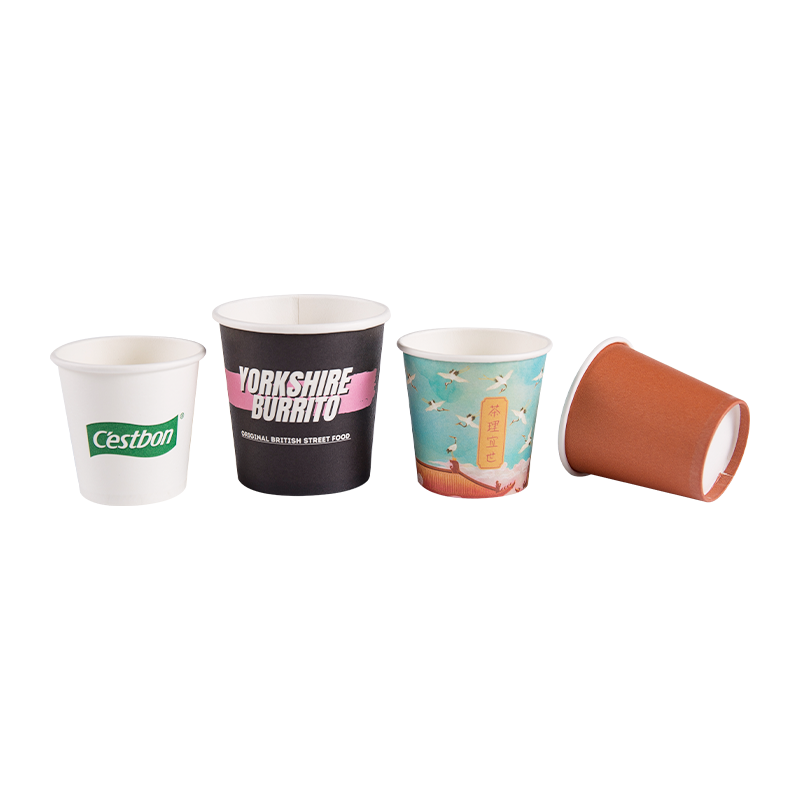



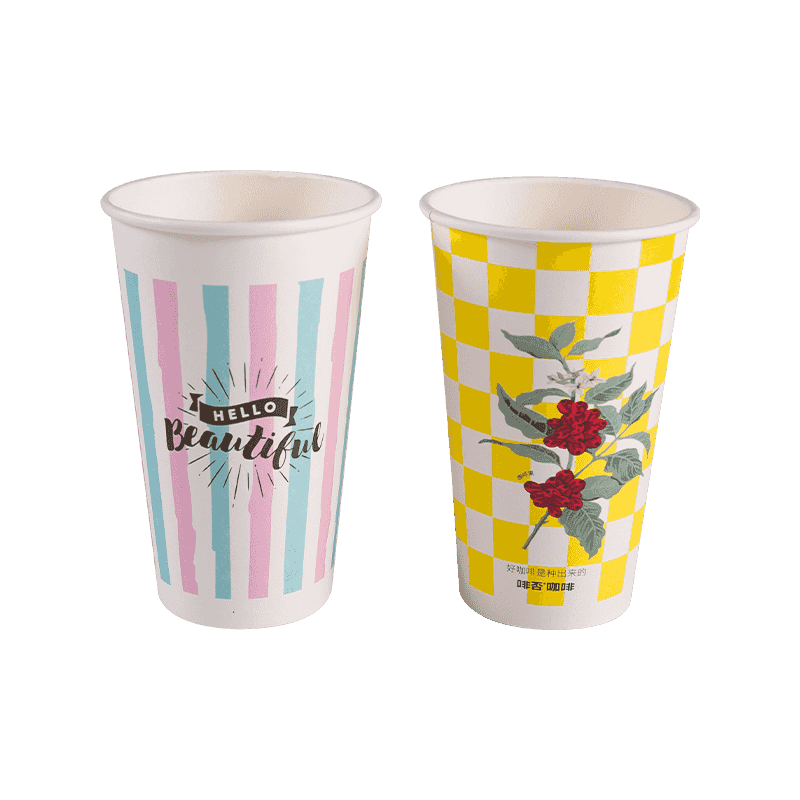
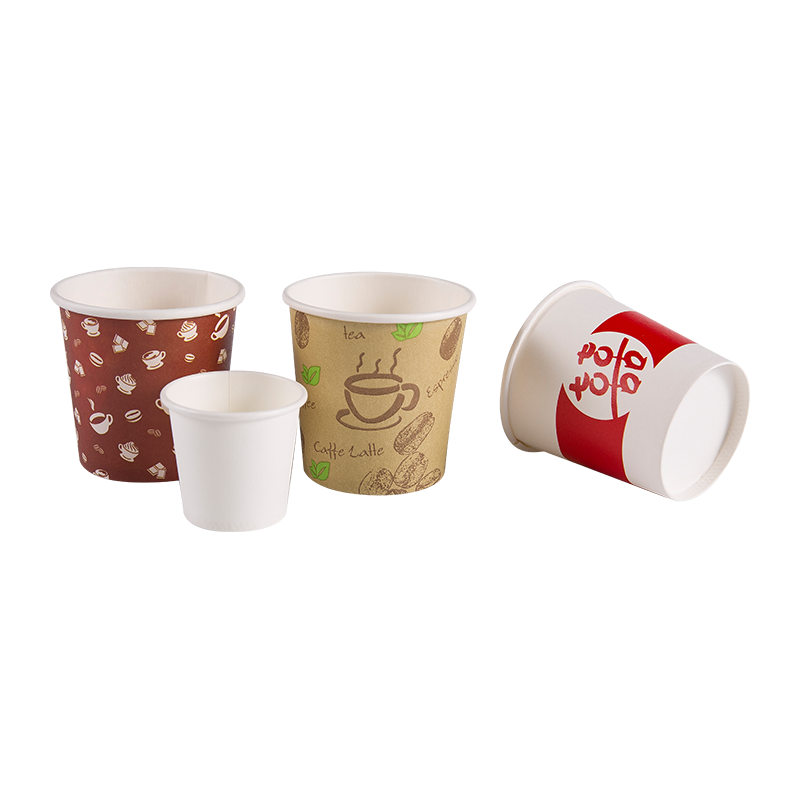
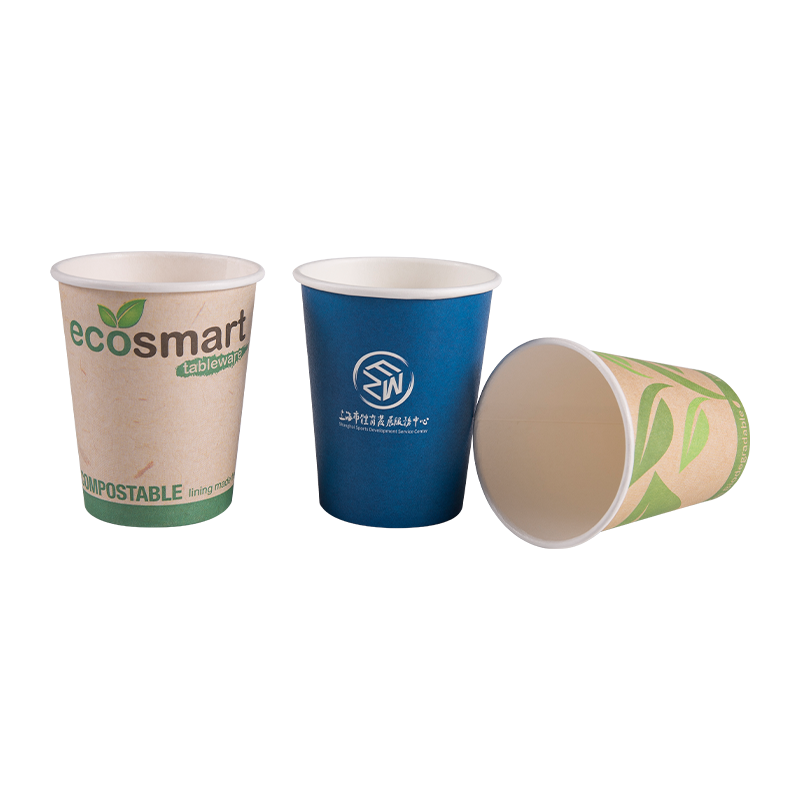
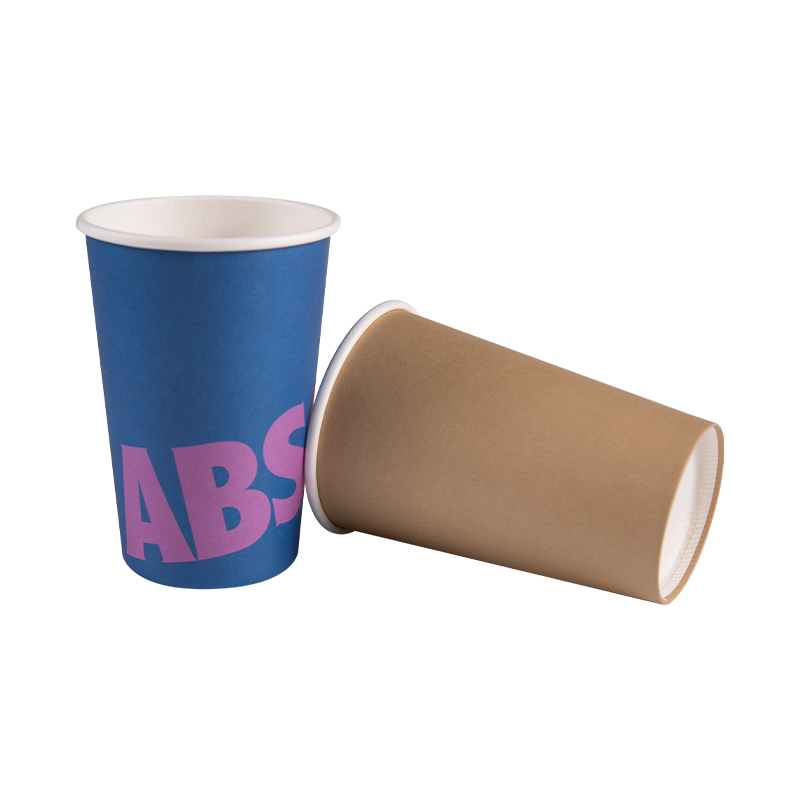
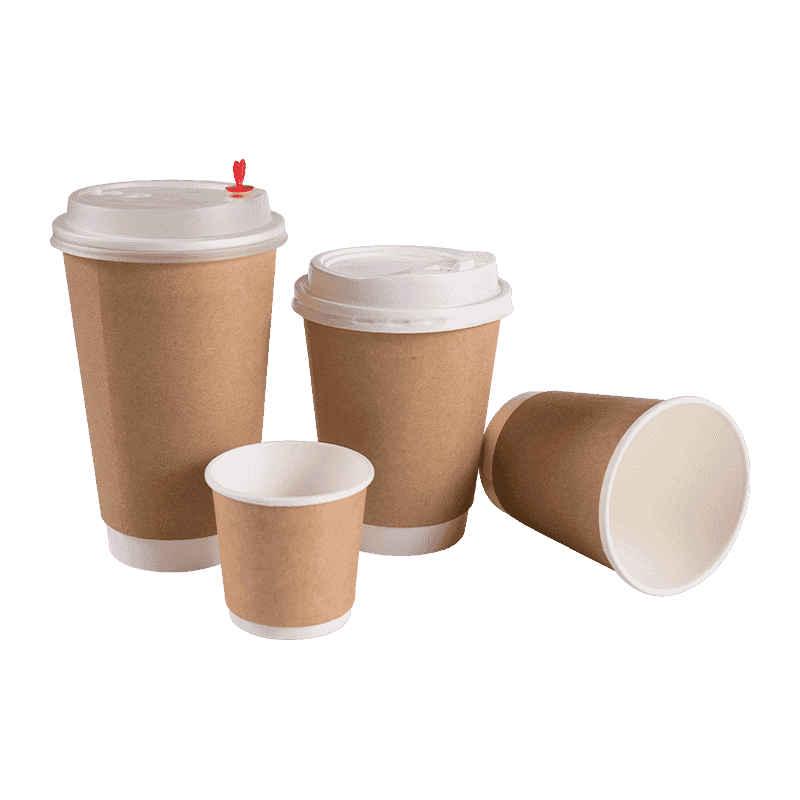
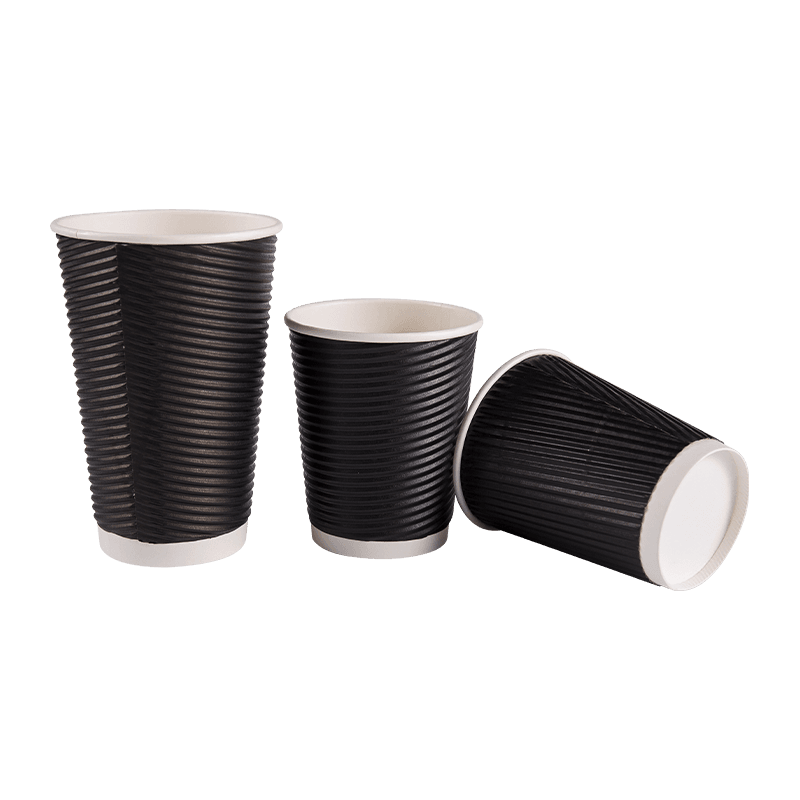

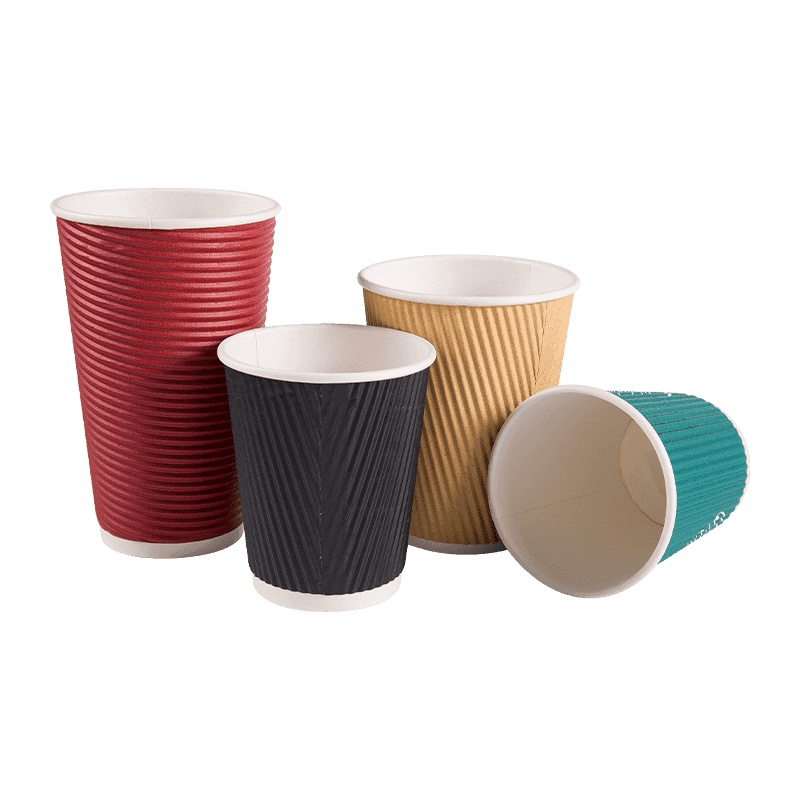

 +86-0563-8029081
+86-0563-8029081
 +86-0563-8029081
+86-0563-8029081 No. 12 Sanxi Road, Xinqiao Development Zone, Jingde Country, Xuancheng City, Anhui Province.
No. 12 Sanxi Road, Xinqiao Development Zone, Jingde Country, Xuancheng City, Anhui Province.